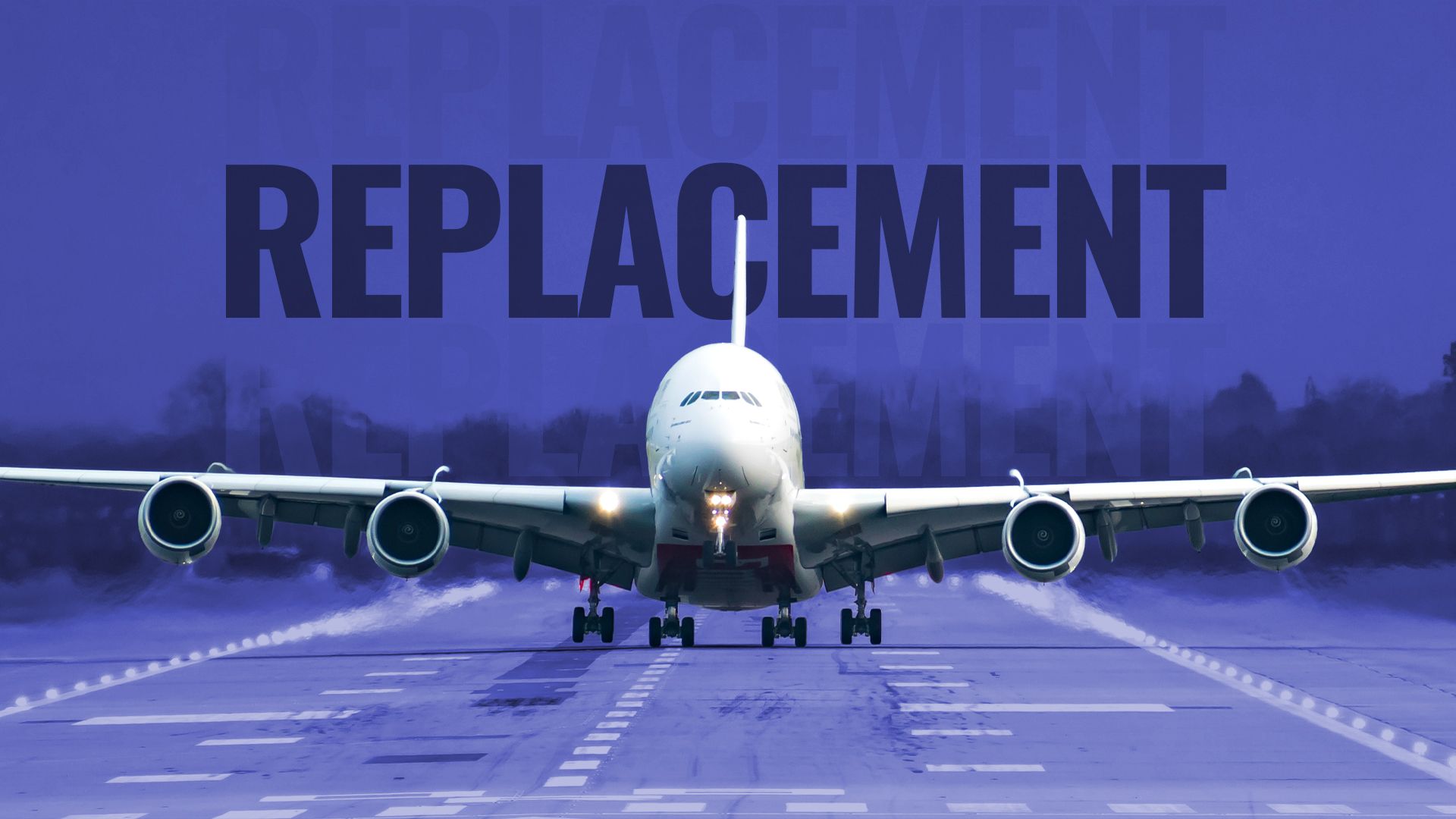The aviation industry is poised for a significant shift with the impending introduction of the Boeing 777X, which will take its place as the largest twin-engine aircraft, succeeding the iconic Airbus A380 in high-capacity routes. Production of the A380 ceased in 2021 following a downturn in demand exacerbated by the COVID-19 pandemic. With over 100 A380s in service, Emirates has been a steadfast operator of the model, accounting for half of all units produced. Despite calls for a new version, the A380neo, Airbus has not resumed production, citing insufficient market demand.
The Boeing 777X, expected to enter service in 2027, is designed to meet the evolving needs of airlines while maintaining efficient operations. Although it will not replicate the A380’s capacity of 500 to 600 passengers in standard configurations, the 777X offers a more flexible and economically viable alternative. This twin-engine aircraft is engineered for lower operating costs, allowing airlines to balance capacity and profitability effectively.
Efficiency and Innovation in Aircraft Design
The 777X will feature a passenger capacity of approximately 400-415, which, while less than the A380, is offset by reduced maintenance and operational costs. Its advanced GE9X engines are the largest ever installed on a commercial aircraft, producing an impressive 134,300 pounds of thrust. This efficiency is crucial in an era where regulatory pressures on emissions are intensifying. The A380 and other quad-engine aircraft, such as the Boeing 747 and Airbus A340, are increasingly scrutinized for their environmental impact.
Airlines operating the A380 will benefit from the 777X’s capabilities, allowing them to maintain similar passenger volumes without the hefty operational expenses associated with the larger quadjets. The new aircraft’s modular design facilitates easy reconfiguration of cabin layouts, enabling airlines to adapt to market demands swiftly. This flexibility is particularly valuable as the industry recovers from the pandemic’s impact and consumer preferences shift.
Enhanced Passenger Experience
The 777X promises to elevate the passenger experience with a modern cabin environment, featuring larger windows and improved lighting. Airlines such as Emirates and Qatar Airways, known for their luxurious service on the A380, will likely leverage the enhanced capabilities of the 777X to maintain high standards in premium cabin offerings.
The aircraft’s cabin altitude will be set at 6,000 feet, lower than the industry standard, which helps reduce fatigue on long-haul flights. Additionally, its humidity levels will be significantly higher than those of previous models, contributing to passenger comfort and reducing jet lag.
While the 777X cannot fully replicate the grandeur of the A380, it is built to accommodate evolving market conditions, allowing airlines to adjust their configurations based on demand for economy versus premium seating. This adaptability ensures that airlines can remain competitive in an industry that is constantly changing.
The Airbus A380 will always hold a special place in aviation history as a symbol of luxury and innovation. However, as airlines shift towards more sustainable and economically viable aircraft, the Boeing 777X stands ready to become the next leader in high-capacity air travel.
